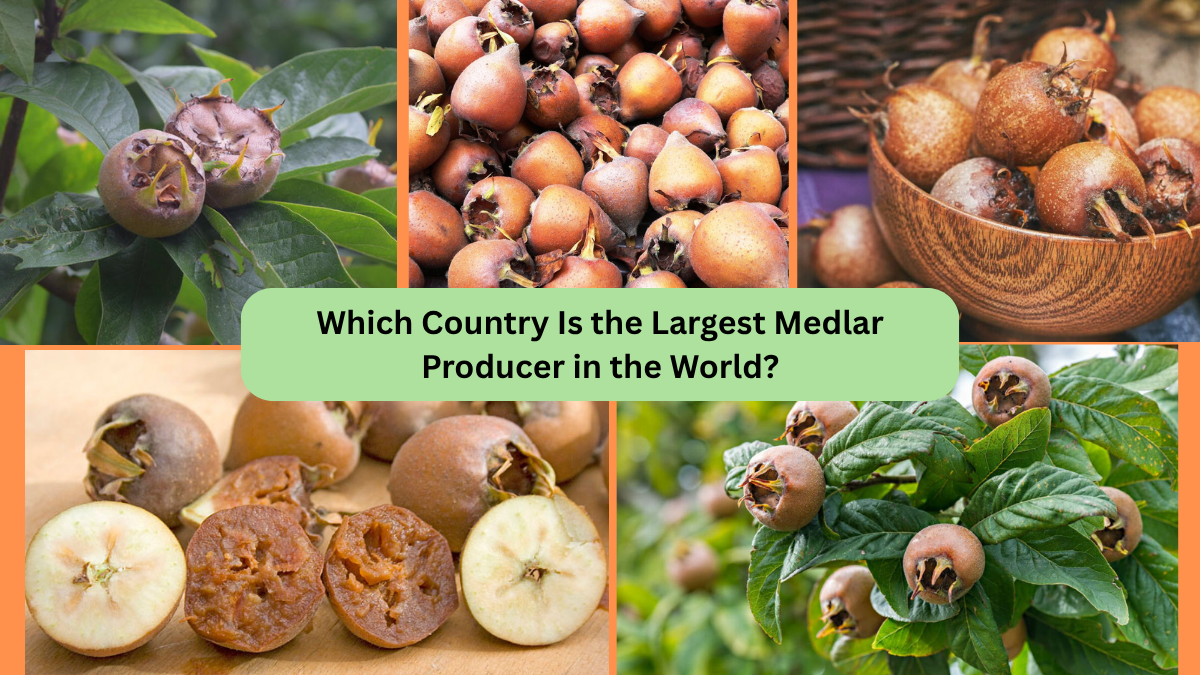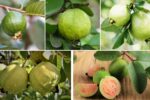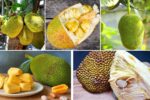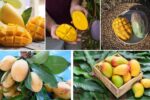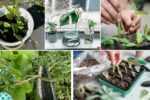The medlar (Mespilus germanica) is a little-known fruit with a flavor likened to spiced apple‑sauce and an ancient pedigree tracing back to classical civilizations. While once widely grown, it is now considered a niche or heirloom fruit. But one country still leads in production—and that country is Spain.
Global Rediscovery of an Ancient Fruit

Medlars have been cultivated for over 3,000 years, originating in the Caucasus before spreading to Greece by 700 BC and reaching Rome by 200 BC reddit.com+2freshplaza.com+2freshplaza.com+2mdpi.com+8en.wikipedia.org+8vishnam.com+8. By medieval times they were a significant winter fruit in Europe, appreciated after a ripening process called bletting, which softens the fruit and transforms its flavor reddit.com+4en.wikipedia.org+4pmc.ncbi.nlm.nih.gov+4.
Today, medlar cultivation remains modest, with several countries continuing small-scale farming. But none match the scale of production in Spain.
Spain: Europe’s Medlar Leader
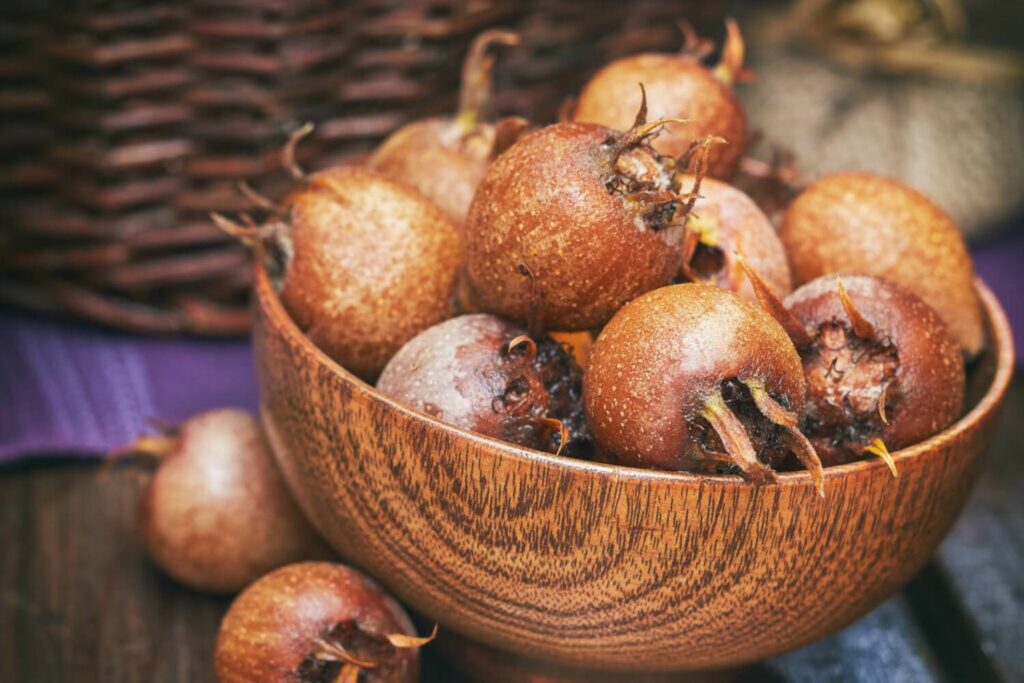
Andalusian Orchards
- Andalusia, particularly the regions from Alicante to Málaga, is Spain’s medlar heartland. Andalusian production totals around 12,500 tonnes annually—over 60% of national output .
- The Malaga province alone contributes roughly 2,000 t, with other key areas including Granada and Alicante en.wikipedia.org+6freshplaza.com+6freshplaza.com+6.
- Small cooperatives—like Sayalonga’s—harvest & process 250–300 tonnes annually freshplaza.com.
Season and Varieties
Medlar ripening begins in March, starting earlier in warmer coastal towns like Estepona en.wikipedia.org+6freshplaza.com+6freshplaza.com+6. Popular varieties include the Agerie, Golden Nugget, and Magdall—valued for flavor, peelability, and early fruiting en.wikipedia.org+13freshplaza.com+13en.wikipedia.org+13.
Markets & Trade
- Spain primarily supplies domestic markets, but exports about 20% to Portugal, Italy, and France tridge.com+6reddit.com+6dir.tridge.com+6.
- Recent export expansion efforts have targeted Russia and Eastern Europe freshplaza.com.
Other Medlar-Producing Regions

While Spain dominates, other regions maintain smaller medlar production:
Morocco
- The Zegzel Valley in Morocco grows medlars on ~420 ha, producing 8,000 tonnes annually mdpi.com+13libertyprim.com+13freshplaza.com+13.
- Moroccan fruit is largely consumed domestically.
Turkey & Iran
- Both countries grow medlars in home gardens and small orchards.
- Medlars here are often used medicinally and culturally, though national yield figures remain limited freshplaza.com+10pmc.ncbi.nlm.nih.gov+10reddit.com+10.
Central Europe
- Traditional medlar cultivation persists in Hungary, Italy, Serbia, Romania, and parts of France—usually in private gardens, not large-scale farms .
Culinary & Nutritional Appeal

From Bletting to Table
Fresh medlars must undergo bletting—ripening off the tree, often aided by frost. The process converts acids and tannins into sugars, turning the fruit dark, soft, and sweet dir.tridge.com+7vishnam.com+7pmc.ncbi.nlm.nih.gov+7.
Traditional and Modern Uses
- Enjoyed fresh like spiced apple sauce
- Preserved in jams, jellies, and pâtés
- Used in medieval recipes—medlar wine and cakes
- In modern cookery, writers and chefs feature medlars in desserts, sauces, and pairings with cheese vishnam.comen.wikipedia.org+13reddit.com+13en.wikipedia.org+13
Nutritional & Medicinal Benefits
Medlars are high in fiber, potassium, calcium, magnesium, plus antioxidants and organic acids pmc.ncbi.nlm.nih.gov. They’ve traditionally been used for digestive health and as diuretics .
Challenges & Trends in Medlar Farming
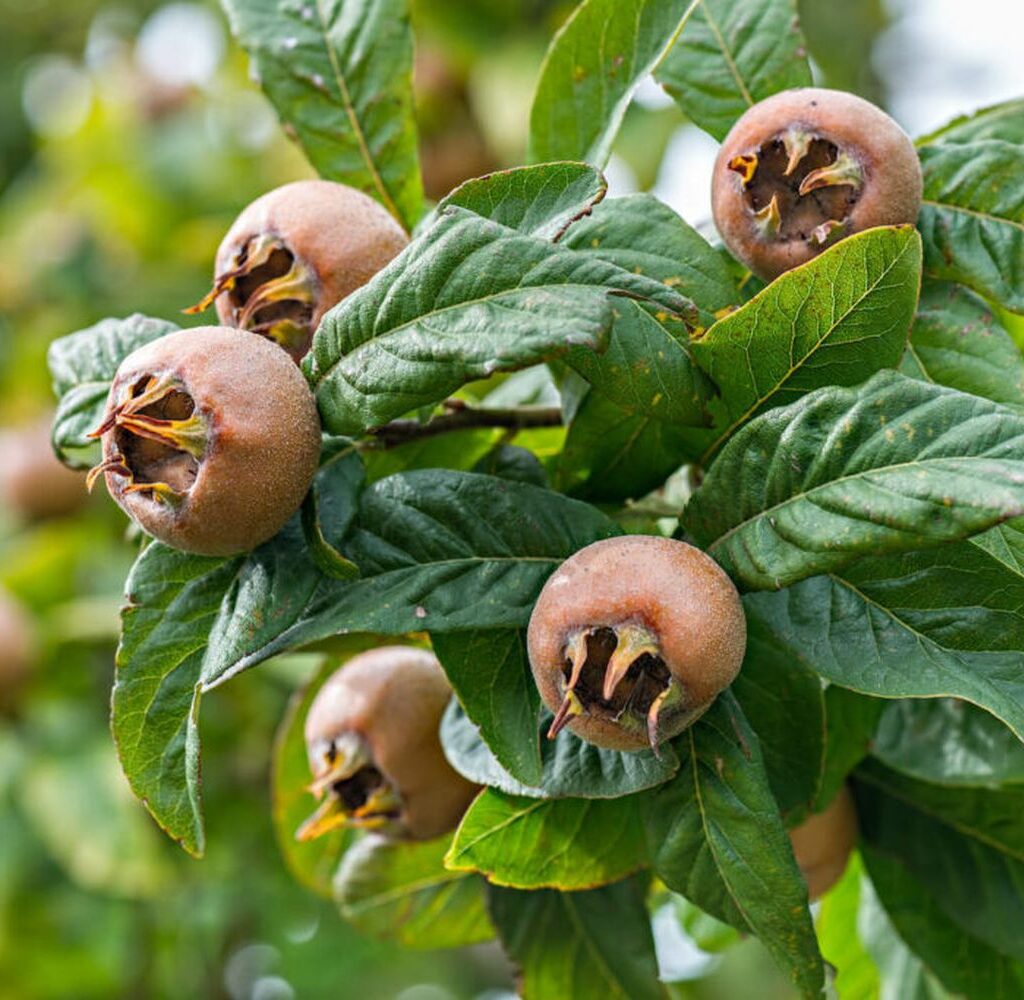
Growing Demand vs Climatic Risks
- Bad weather, like hail or excess rain, can reduce yields by up to 45%, as seen in Callosa d’En Sarrià freshplaza.com.
- Price fluctuations are common—mid-season wholesale ranges from €1.70 to €3/kg .
Shelf-Life & Marketing Hurdles
- Medlars are delicate—best eaten within days after bletting.
- Growing interest exists among gourmands and heritage-food enthusiasts, but broader awareness remains niche.
Opportunities for Revival
- Value-added products: jams, syrups, preserves, and cider-style beverages.
- Agri-tourism: farm festivals and bletting workshops could boost regional interest.
- Protected Designation (PDO): could enhance exportability to specialized markets.
The Final Verdict
Which country is the largest medlar producer in the world? The answer is Spain, driven by Andalusia’s orchards and coastal production. With annual volumes around 12,500 tonnes, Spain far surpasses other countries—Morocco’s 8,000 t being the only close competitor.
While medlar cultivation remains small-scale globally, Spain’s prominence reflects a strong commitment to revitalizing this unique, historical fruit. Its combination of tradition, taste, and terroir positions it at the forefront of the medlar world.
